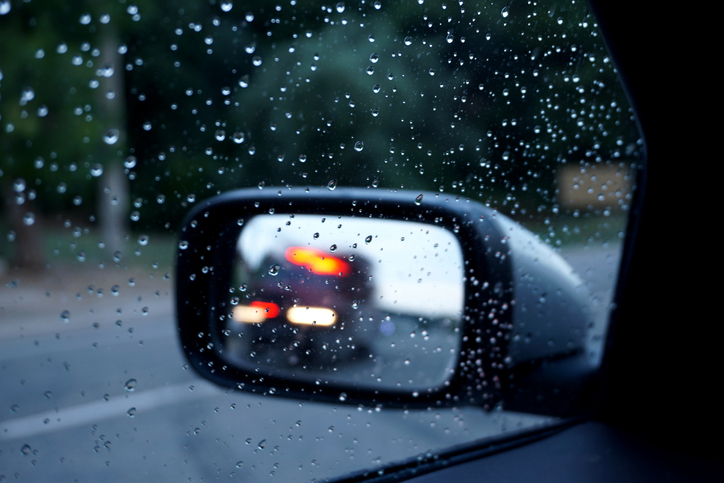

The purpose of right-of-way laws is to provide order and prevent accidents in situations where traffic is merging or crossing paths or pedestrians are crossing roadways.
You can get a right-of-way ticket even if you weren’t involved in an accident. But oftentimes, police issue right-of-way tickets after concluding that a driver’s failure to yield the right-of-way was the cause of a collision.
There are several types of failure to yield tickets and they are quite common among moving violations. These include:
The typical fine for a failure to yield ticket is between $200 and $300 with a one-point conviction on your record and subsequently an increase in your car insurance. Taking traffic school keeps the point off of your record and your insurance rates unchanged and your good driver discount intact.
The right-of-way rules for four-way stop intersections (stop signs or blinking red lights) are similar to those that apply to uncontrolled intersections. All drivers approaching a four-way stop must first make a complete stop and then yield the right-of-way to any vehicles that have already entered the intersection. And, when two vehicles arrive at the four-way stop at approximately the same time, the vehicle on the left must yield to the vehicle on the right.
The right-of-way rules for three-way (T-shaped) uncontrolled intersections are a little different from those that apply to four-way intersections. These right-of-way laws typically say something like:
At an uncontrolled approach to a T-shaped intersection, the driver required to turn shall yield the right of way.
In other words, the driver on the road that dead-ends must always yield to the other driver (the one crossing the T), no matter who got to the intersection first.
Lots of traffic accidents result from a vehicle being hit by oncoming traffic while attempting to turn left. The left-turn right-of-way laws of most states read something like this:
The driver of a vehicle intending to turn left on a highway, or to turn left into public or private property, or an alley, shall yield the right of way to all vehicles approaching from the opposite direction that are close enough to constitute a hazard at any time during the turning movement and shall continue to yield the right of way to the approaching vehicles until the left turn can be made with reasonable safety.
So, where oncoming traffic doesn’t have a stop sign or red signal, it’s basically always the driver turning left who must yield to other traffic.
State driving laws also cover the right-of-way rules drivers must follow when approaching pedestrians crossing a roadway. The laws of many states say something like this:
The driver of a vehicle shall yield the right -of- way to a pedestrian crossing the roadway within any marked crosswalk or within any unmarked crosswalk at an intersection. The driver of a vehicle approaching a pedestrian within any marked or unmarked crosswalk shall exercise all due care and shall reduce the speed of the vehicle or take any other action relating to the operation of the vehicle as necessary to safeguard the safety of the pedestrian .
State laws also typically require drivers to yield the right-of-way to pedestrians.
In other words, drivers must generally yield the right-of-way to any pedestrian crossing at an intersection (whether there is a crosswalk or not) and before cross a sidewalk (for instance, while entering or leaving a parking lot). Additionally, drivers must use caution, which might include reducing their speed, when approaching pedestrians crossing a roadway.